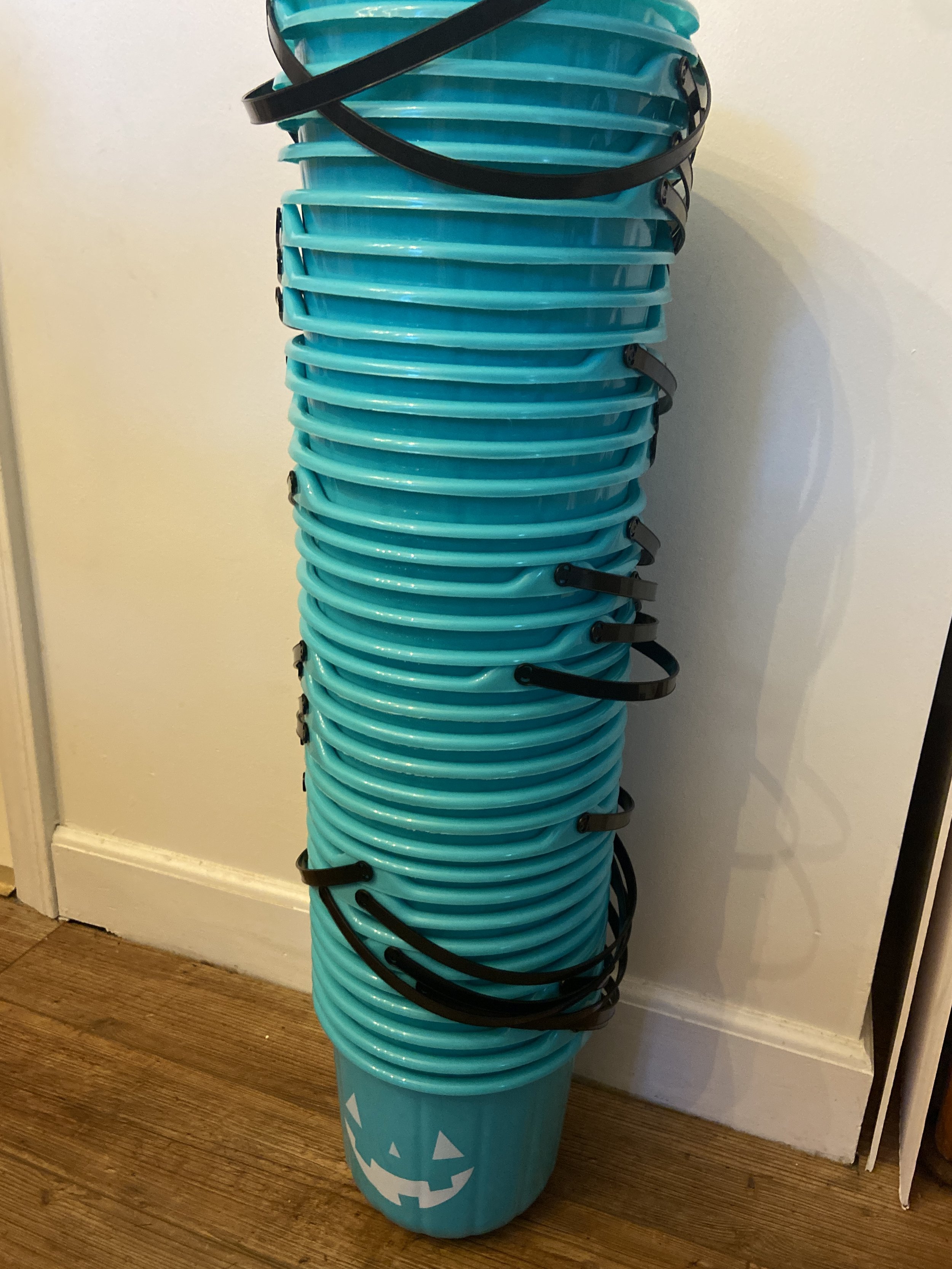5 Tips for Making Your Church’s Trunk-or-Treat Event Accessible
5 Tips for Making Your Church’s Trunk-or-Treat Event Accessible to Children with Special Needs
As churches prepare for fall activities such as trunk-or-treat events, it’s important to consider how we can intentionally ensure that our events are welcoming and inclusive for all children, including those with autism or other disabilities. By making thoughtful modifications and adaptions, we can create an environment where every child and family feels valued, loved, and able to fully participate. Here are five practical tips to help make your church’s trunk-or-treat event more accessible!
1. Create a Sensory-Friendly Environment
Kids with disabilities, especially those with autism, can be sensitive to sensory input like loud noises, flashing lights, or overwhelming decorations. Consider:
Designating a sensory-friendly time or area where the environment is quieter and less chaotic. I know of several churches that open their trunk-or-treat or fall festival an hour early specifically for a “sensory-friendly” time for families with special needs. This small act demonstrates to families in your community that they are seen, valued, and welcome at your church!
Offer reserved parking for families with special needs and have volunteers available to greet families when they park in those spaces. Offering an alternative line or path for reduced wait times could greatly benefit students who may struggle to wait in line if it is a larger event.
Create a sensory space for use during the event. This could be a “calm tent” or an indoor room where families could come and allow their children to de-compress if the environment becomes too overwhelming. You could offer fidgets and noise-canceling headphones in this space.
2. Prepare Volunteers with Training and Awareness
Volunteers play a crucial role in making a trunk-or-treat or fall festival successful and welcoming for everyone. Offer a brief training session or handout for your volunteers to help them:
Recognize and be patient with children who may need more time to interact.
Understand that not all kids will be able to say “thank you” or “trick or treat” and that treats or prizes shouldn’t be withheld until a child interacts in the typical expected way.
Be aware of non-verbal communication or alternative ways of interacting (e.g., gestures, symbol support cards).
3. Offer Alternative Treats and Prizes
Not all kids (with or without disabilities) can enjoy candy due to allergies, sensitivities, or feeding challenges. To accommodate, make plans for alternative treats or prizes:
Provide allergy-friendly candy such as Smarties, Dum Dums, or other allergy-friendly snacks. At our church, I like to ensure we offer candy choices at each trunk that are top 8 allergen friendly. You can find ideas for allergy-friendly choices here.
Provide non-food items like stickers, temporary tattoos, small toys, or sensory-friendly prizes such as fidget spinners or stress balls.
Consider setting up a "Teal Pumpkin Project" option, where children with food allergies or sensitivities can find non-food treats. This initiative is increasingly popular and helps promote inclusion. This year at our church, we have purchased teal pumpkin containers to place at each trunk. We will fill each container with non-food treats and allergy-friendly candy options. In years past, we have had a bag at each trunk labeled with “allergy-friendly treats”. I’ve included some photos below from some of our past trunk-or-treat events. (Note: the sign on the bags in the photos below is included in our Trunk-or-Treat visual support kit. )
4. Make Activities Adaptable and Accessible
Traditional fall festival games and activities can sometimes be inaccessible for kids with physical or intellectual disabilities. To ensure everyone can participate:
Offer simplified or modified versions of games (e.g., tossing soft objects into large containers instead of fine motor skill games).
Have volunteers assist with physical tasks like walking or reaching items if needed.
Don’t require kids with disabilities to “win” a game before getting a prize.
If you open the trunk-or-treat early for special needs families, this can include a time for them to use the bouncy houses or play the games before the larger crowd comes as well.
5. Use Visuals and Clear Signage
Kids with disabilities, especially those with autism, can benefit from visual cues and structure. To help guide them through the event:
Use picture-based signs or visual schedules to show where each trunk or activity is located. This helps reduce confusion and increases independence.
Offer a "visual map" of the event that families can use to plan their route and navigate the activities, helping children anticipate what comes next and avoid surprises.
Provide signs to indicate how to find allergy-friendly snacks.
Offer a downloadable social story on your website for parents to print and use to prepare their child to participate in the trunk-or-treat event.
Offer communication bracelets such as these for non-speaking kiddos.
Awe & Wonder has a social story and visual support kit available for purchase in our shop to help with your visual support needs with your church’s trunk-or-treat! Click on the image below to check those out.
Creating an accessible trunk-or-treat event at your church shows Christ’s love in action, We want to make sure that all children, including those with disabilities, can experience the joy of community, fellowship, and fun as we share the love of Jesus! By planning ahead and making thoughtful adjustments, we can build a welcoming space where every child is welcome and included.
May our efforts reflect the heart of Christ!
“Let the little children come to me, and do not hinder them, for the kingdom of heaven belongs to such as these” (Matthew 19:14).
Let’s make sure that all children, regardless of ability, have a place at the table—and in the fun events!








